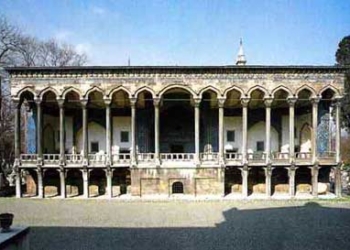The American company Orbital Assembly Corporation has announced plans to develop a space complex with artificial gravity, designed to accommodate 28 guests in construction pods arranged around a gravity wheel.
The California-based startup aims to have its first space tourism station operational by 2025, a timeline that is ambitious and may be unrealistic. Orbital Assembly intends to make this the first mixed-use, commercial space station that can be utilized for both research and leisure.
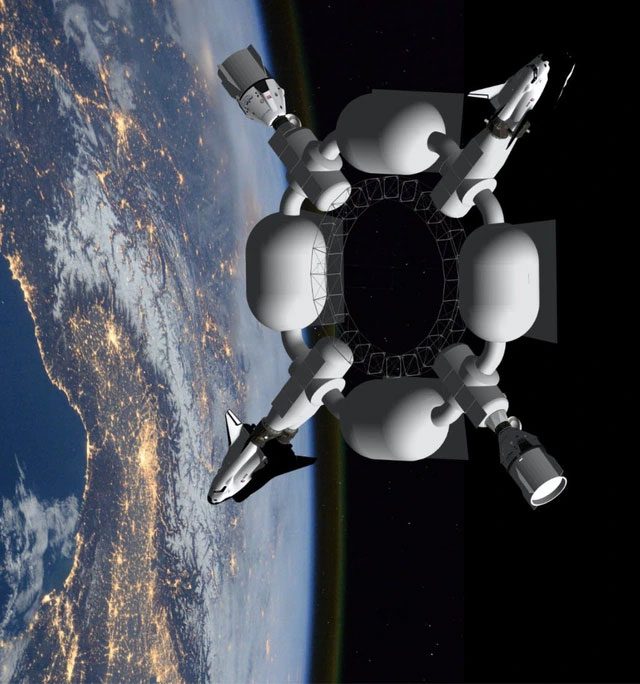
This will become a mixed-use space station
Pioneer Space Station is one of two commercial space station designs currently being developed by the company, with the first design being the Voyager Station announced in 2021.
However, Pioneer is planned to pave the way for Voyager, which is a larger project intended to become a luxury space hotel capable of accommodating 400 guests at once.
Rhonda Stevenson, the CEO of Orbital Assembly, stated that Pioneer is “a safe and reliable space station that will generate revenue and profit from both the tourism and commercial sectors ahead of competitors according to NASA’s schedule.”
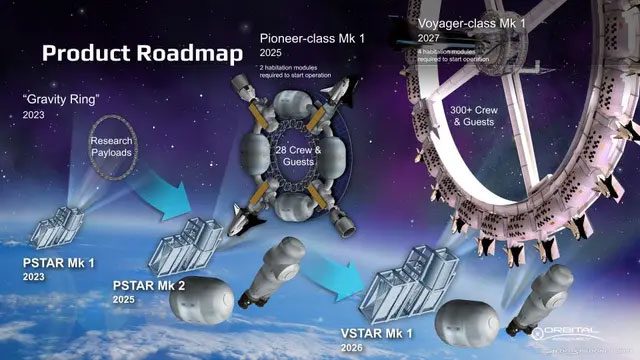
In December 2021, NASA signed three contracts with American private companies Blue Origin, Nanoracks, and Northrop Grumman to develop low Earth orbit space stations for public and commercial purposes. NASA aims to have these private space stations in orbit and operational by 2030. These privately-owned space stations will replace the International Space Station (ISS).
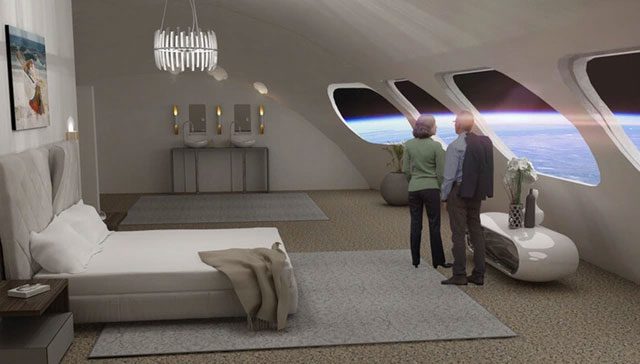
The modules of Pioneer are designed to orbit in a way that simulates one-sixth of Earth’s gravity, achieved by rotating around a gravity wheel approximately 61 meters in diameter.
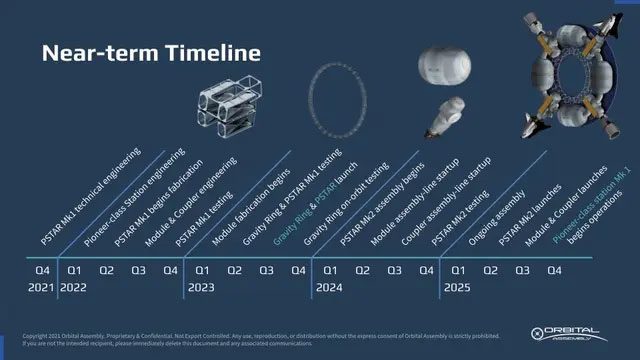
The gravity environment on the space station will allow people to move around, eat normally, and sleep without needing to be secured to their beds. Creating artificial gravity is also a way to mitigate the harmful health effects of microgravity on the human body.










































